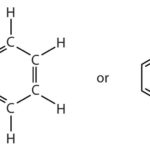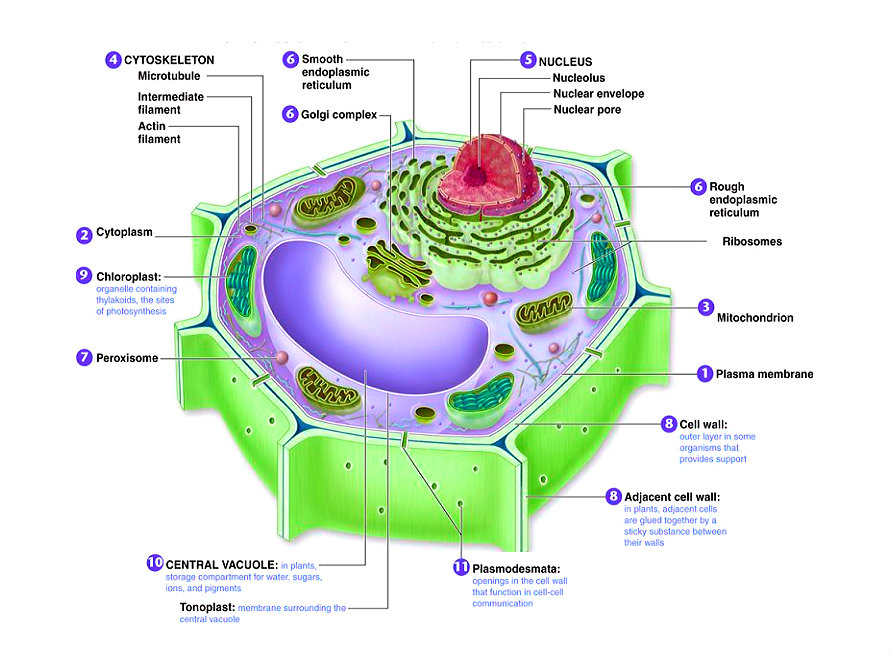Plant Cell is a basic block of the plant structure. The plant cell diagram below displays various parts of the cell including nucleus, cytoskeleton, cell wall, membrane, centrosome, central vacuole, chloroplast and others. Lets explain what each component is responsible for:
The nucleus is the commanding center of the cell controlling various functions of the cell and containing DNA. The nucleus is covered by the nuclear membrane. This is different from the cell membrane, which is a protein layer on the inside of the cell wall. The cell wall is a thick membrane that allows for passing of the nutrients and forms the structure of the plant together with other cells. The jelly material outside of the nucleus is called cytoplasm.
The key difference between plant cells and animals cells is the process of photosynthesis. Plant cells are able to convert sunlight, water and carbon dioxide into sugars (energy), oxygen and water. Photosynthesis takes place in the chloroplasts, which contains chlorophyll. Chlorophyll is a molecule responsible for this process and is usually green in color. The central vacuole stores sugars and water for cell’s use.
Plant cell diagram below lists various cell parts and explains some of their functionality.












